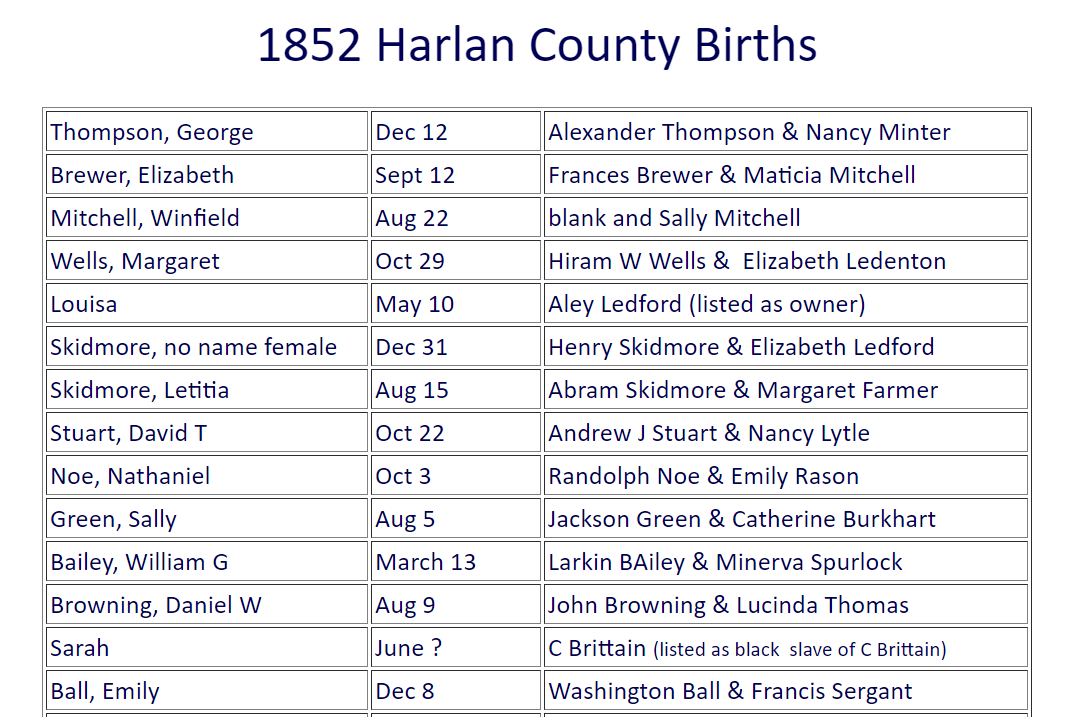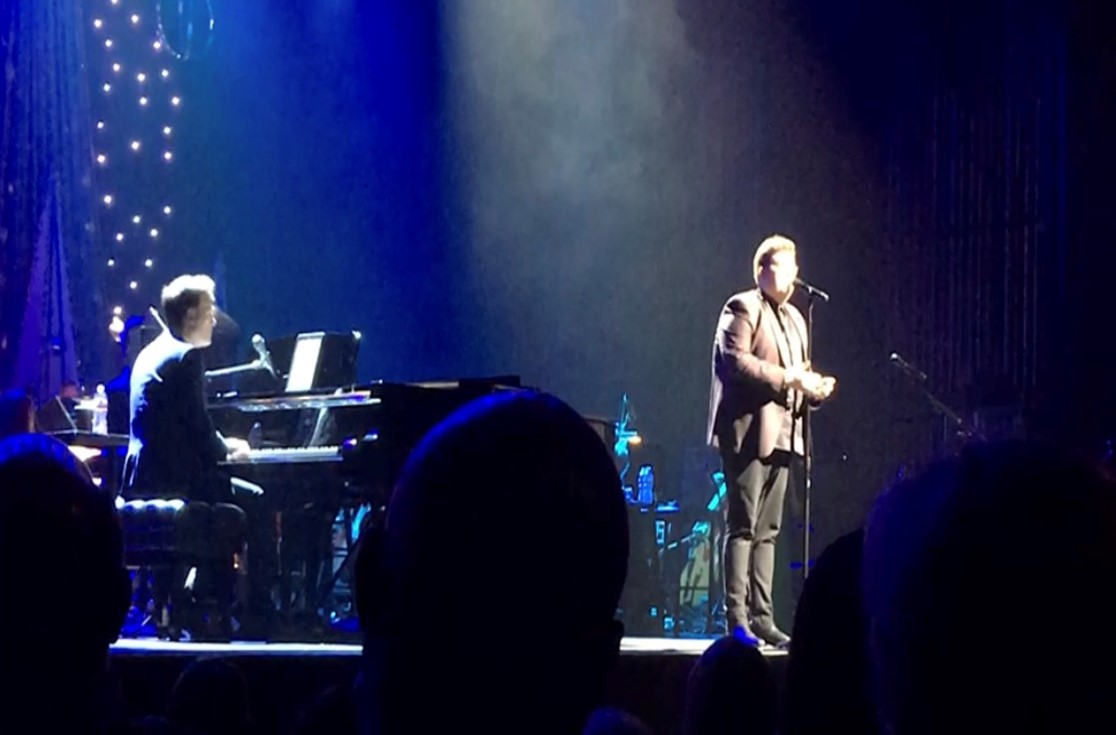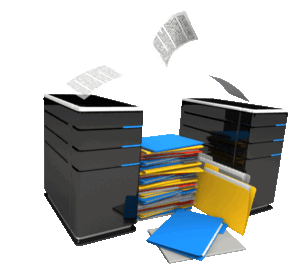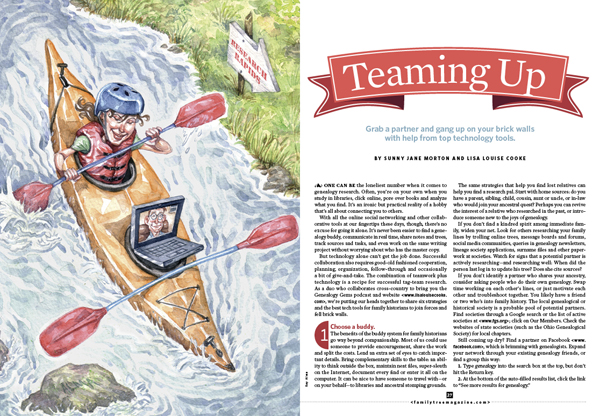by Lisa Cooke | Dec 30, 2016 | 01 What's New, Records & databases
End 2016 on a high note with these new and updated genealogical record collections. Lisa soaked in Christmas tunes of Harlan County Kentucky’s pride and joy, Jordan Smith (winner of The Voice,) in a concert over the holidays. Harlan County can also be very proud of their incredible genealogical records. Today we are highlighting their county GenWeb page. This U.S. county GenWeb page has gone above and beyond in making Harlan County, Kentucky records accessible to the masses. Also this week, United Kingdom apprenticeship records, parish records, and Scotland mental health and prison records.

United States – Harlan County, Kentucky Records
This is not a new collection, though it may be new to you. Discovering the many U.S. GenWeb sites dedicated to genealogy is a great help to many. This week, we wanted to give a special hat’s off to the amazing work that Harlan County, Kentucky has done on their GenWeb page.

You will find digital images of people, places, schools, and newspaper clippings, but the best part is their extensive birth, marriage, and death indexes. The marriage records begin as early as 1818 and end about 1925. The birth record index begins in 1852 – 1940, though some years are missing. Lastly, the death records begin in 1852 – 1959, with a special collection on coal miners deaths.
In addition to these great findings, the Harlan County Kentucky GenWeb also has:
- Censuses

Christian music superstar Michael W. Smith accompanies Jordan Smith singing “O Holy Night” in Dallas, Texas. 2016.
- Court records
- Tax records
- Deeds
- Wills
- Military records
- Bios
- Family files
United Kingdom – Gloucester – Apprenticeship Records
The Gloucester Apprentices 1595-1700 at Findmypast contain over 20,000 apprentices, masters, and their relatives who were listed in the Calendar of the Registers of Apprentices of the City of Gloucester 1595-1700. The calendar has been digitized with optical character recognition (OCR), which allows you to search images of text for your ancestor’s name or a keyword.
Each record will list the apprentices trade, residence, the name of their father, the name of their master, the name of their master’s wife, the length of their term and the amount they were paid at the end of their training.
These records will be particularly helpful for those unable to find civil or church records regarding their ancestors.
United Kingdom – Kent – Parish Records
Also at Findmypast this week, over 36,000 new additions have been made to the Kent Parish Records collection. Specifically:
· Over 14,000 additional baptisms
· Over 1,000 additional banns records
· Over 11,000 additional marriages
· Over 9,000 additional burials
These new records date as far back as 1538 and cover the parishes of Wrotham, Stansted, Wouldham, Southfleet, and Leybourne.
Scotland – Mental Health Records
The Scotland Mental Health Institutions Admissions 1857-1859 at Findmypast include over 1,000 records from over 50 mental health institutions including asylums and poorhouses. Though these records tell a sad story, they may help you to piece together the family story.
Each record includes a transcript of an original document and may provide your ancestors’ birth place, birth date, former residence, and the institution they were sent to and the date of their admission.
Scotland – Prison Registers
You can search over 17,000 transcripts of prison registers in the Findmypast collection titled Scotland Prison Registers Index 1828-1884.
Each record lists the prisoners age, birth year, birth place, occupation, former residence, offence and place of imprisonment.
Start the New Year off Right
 Here’s a New Year bargain you can’t ignore – 10% off 12 month premium subscriptions to Findmypast. Today is the last day to save! They have over 2 billion (yes, that’s billion with a B!) records and more are added every day. Make 2017 a year full of fascinating family history discoveries by clicking on this image link below.
Here’s a New Year bargain you can’t ignore – 10% off 12 month premium subscriptions to Findmypast. Today is the last day to save! They have over 2 billion (yes, that’s billion with a B!) records and more are added every day. Make 2017 a year full of fascinating family history discoveries by clicking on this image link below.
by Lisa Cooke | Nov 28, 2013 | 01 What's New, Collaborate, Inspiration, Publishing
 One of the most important things we do as genealogists is share! We share research findings, family stories, trees, heirloom photos and more. These days, sharing online is often the way to go. It’s fast, it’s relatively organized, it gets things into the hands of those who want them and (often) it’s free!
One of the most important things we do as genealogists is share! We share research findings, family stories, trees, heirloom photos and more. These days, sharing online is often the way to go. It’s fast, it’s relatively organized, it gets things into the hands of those who want them and (often) it’s free!
To wrap this series of blog posts on collaborating, I offer 4 ways to share genealogy online (in addition to Dropbox and Evernote, which we discussed in previous posts).
1. Attach scanned documents, photos and stories to your online tree. Whether you keep a tree at MyHeritage, Ancestry, FamilySearch or another site, beef it up with everything you have. That only enriches the body of knowledge out there and gives others a leg up on the next bit of research. You can also include links to applicable notes in Evernote.
2. Post gravestone photos and other burial information at online cemetery sites. BillionGraves and Find A Grave are the two big ones, of course. These sites provide searchability and a platform for collaboration between descendants.
3. Post meaty queries that show what you know and what your questions are. RootsWeb and USGenWeb are two enormous sites, organized by location and topic, where you can post questions about people, places and more. Check out this page on how to write a good query and this Cyndi’s List portal to various message boards. TIP: Remember to include all important related keywords, name and location spellings, and dates in your messages so they are easily found by your long lost cousins using Google!
4. Publish your research. Genealogy newsletters, magazines and journals of all levels (from the local to the national and beyond) want your well-researched, well-written research. What’s a chunk of research you could share? Look for publications that are indexed in PERSI, the Periodical Source Index, because other genealogists are most likely to find your work when it’s indexed there. Of course, family history websites, blogs and books are all great ways to publish your research, too. Just get it out there!
As the online genealogy community continues to grow, our opportunities to grow bigger, better family trees also grow. So my question to you is: What do you have to share? And have you begun?

Check out the magazine article that inspired this series of posts on collaborating. It’s “Teaming Up,” and it appears in the December 2013 issue of Family Tree Magazine. Sharing genealogy files is just one topic we cover. The article itself was a cross-country collaboration between myself and Genealogy Gems Contributing Editor Sunny Morton. To write it, we relied on a lot of the same tips and tools we recommend!
Finally, check out my previous blog posts in this mini-series on collaboration:
Tips for Collaborative Genealogy: Research with a Partner
Tips for Collaborative Genealogy: Dropbox for Genealogists
Tips for Collaborative Genealogy: Evernote for Genealogists
by Lisa Cooke | Nov 26, 2013 | 01 What's New, British, Canadian, Family History Podcast, FamilySearch, NARA, Records & databases
 Originally published Fall 2008
Originally published Fall 2008
Republished November 26, 2013
by Lisa Louise Cooke
[display_podcast]
Download the Show Notes for this Episode
Family History: Genealogy Made Easy
Welcome to this step-by-step series for beginning genealogists—and more experienced ones who want to brush up or learn something new. I first ran this series in 2008. So many people have asked about it, I’m bringing it back in weekly segments.
Episode 8: Best Genealogy Websites, Part 2
In a follow up to last week’s episode about subscription genealogy records website, in my first segment our guest is Yvette Arts, Director of Content Partnerships at World Vital Records. She tells us about exciting developments at the website that have helped make it a success.
In our second segment we look at five organizations that provide free online access to genealogy records for those with North American roots: FamilySearch, the National Archives of the United States, Ellis Island Foundation, the National Archives of the United Kingdom, and Library and Archives Canada.
Now for some updates on these sites and MORE since the show first aired:
- FamilySearch.org is still free and growing exponentially. It captures records from all over the world, not just North America and the U.K. It is now home to over 3.5 billion names in searchable databases, with over 35 million new records added every month. In addition, they’ve added over 60,000 digital books to the site. The layout of the website has changed dramatically since I described it in the original show. Click on Search to get to their databases, then enter an ancestor’s name and, if you can, a life event (birth, marriage, residence or death). A significant portion of new online records are browsable but not yet indexed. So now, after you search for individuals in their databases, scroll down to the Browse section below the search fields. There you’ll be able to see what records you can browse for a locale (choose the international region, then you can choose more specific locations). You can still order microfilmed records at the Family History Library to a satellite FamilySearch library near you. From the Search screen, choose Catalog, and you can search for and order available records by location.
- The National Archives (U.S.), also known as the National Archives and Record Administration (NARA) also offers more on its website now. The portal for genealogists looks a little different now but still helps you see how to search and use the site for genealogy. There’s a direct link to the 1940 census, with images, maps and descriptions. Remember that Footnote, the subscription site I mentioned that’s digitizing military records, is now Fold3, which we talked about in Episode 7.
- EllisIsland.org still offers free access to the passenger records of those who landed at Ellis Island. In addition, you can still look at ship information (click on Ships from the home page). The Immigrant Experience and timeline I mention can be found by clicking on the Ellis Island tab.
- The National Archives (U.K.) links from the home page to resources for ordering birth, marriage and death certificates for England and Wales, Scotland and Northern Ireland. Read about updating order information, including costs, at these sites. There is still a portal for genealogists from which you can learn all about the various record groups I mention in the podcast and more.
- Library and Archives Canada continues to add more valuable genealogical data to its site, including census data! Start from its Genealogy and Family History page. In addition to the features I mention in the show, they’ve improved their online indexes: scroll down on the above page and you’ll find the Ancestors Search (Databases) link to a main search engine and individual databases for vital records, censuses, immigration, land, military and several directories.
- Cyndi’s List and U.S. GenWeb are still fantastic online resources, but add to your list these ones as well:
- DeadFred, a photo identifying and sharing site;
- Google, for searching across the Internet for everything from individual ancestor’s names to maps and local histories (especially through Google Books at www.books.google.com);
- The Library of Congress family of websites, including the mega-newspaper site, Chronicling America;
- WorldCat, an enormous card catalog for more than 10,000 libraries worldwide.
- Find a Grave and Billion Graves, home to cemetery inscriptions for millions of tombstones.
- Of course, there are many, many more websites for genealogists, but these will certainly keep you busy to start!



 Here’s a New Year bargain you can’t ignore – 10% off 12 month premium subscriptions to Findmypast. Today is the last day to save! They have over 2 billion (yes, that’s billion with a B!) records and more are added every day. Make 2017 a year full of fascinating family history discoveries by clicking on this image link below.
Here’s a New Year bargain you can’t ignore – 10% off 12 month premium subscriptions to Findmypast. Today is the last day to save! They have over 2 billion (yes, that’s billion with a B!) records and more are added every day. Make 2017 a year full of fascinating family history discoveries by clicking on this image link below.






